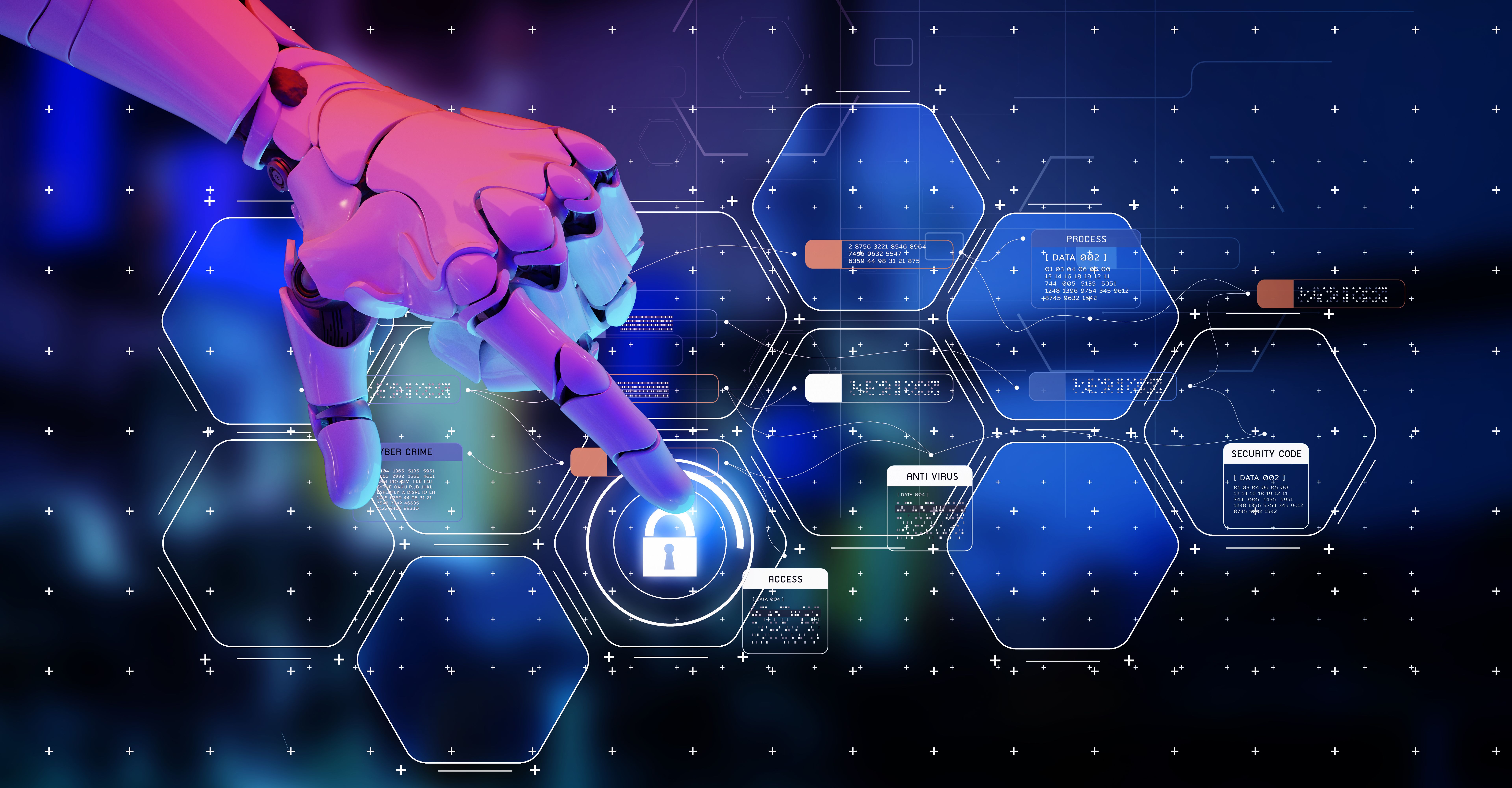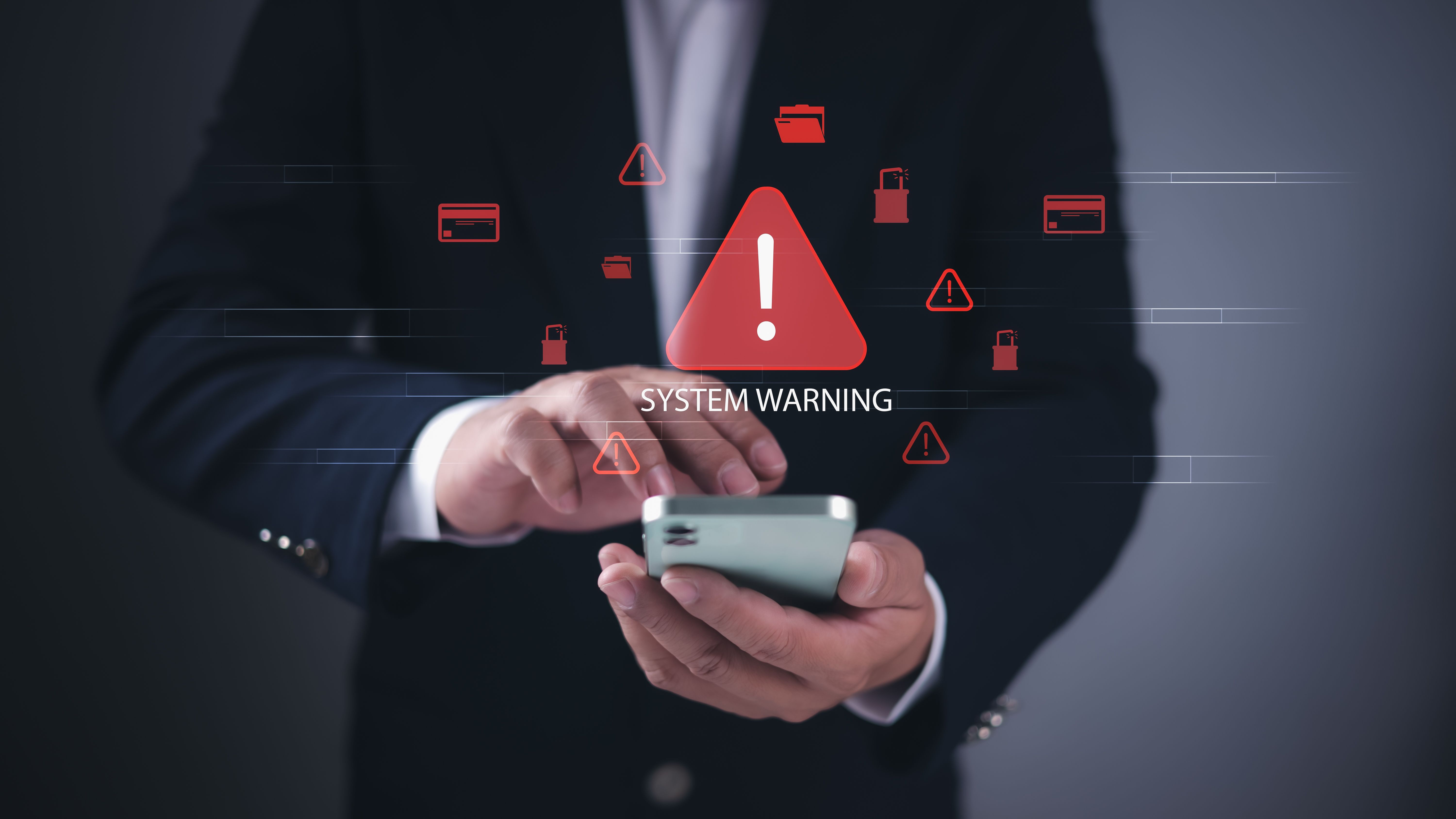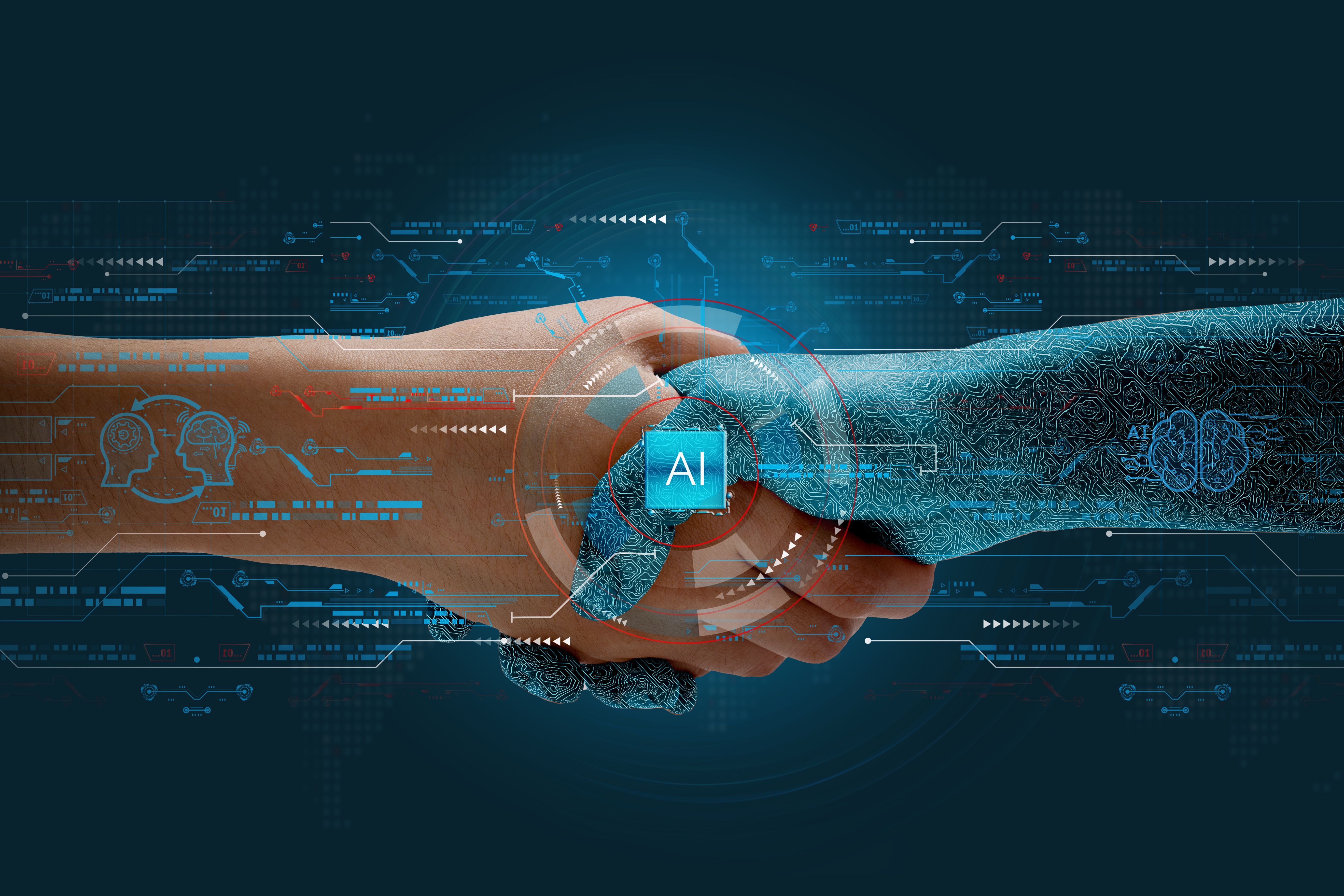Ensuring AI and Online Safety: Key Protocols and Concerns
Understanding AI Integration in Online Safety
In today's digital world, the integration of artificial intelligence (AI) in ensuring online safety has become increasingly vital. AI technologies are adept at identifying potential threats, monitoring user behavior, and providing real-time alerts. However, with these advantages come certain challenges that need to be addressed to maintain a secure online environment.
The implementation of AI in cybersecurity is multifaceted, involving various protocols and strategies to enhance protection against cyber threats. This blog post will delve into the key protocols and concerns associated with AI and online safety, offering insights into how AI can be effectively utilized to safeguard digital landscapes.

Key Protocols in AI-Powered Online Safety
AI systems are designed to detect anomalies by analyzing vast amounts of data. One of the primary protocols involves continuous monitoring and analysis of network traffic. This approach allows AI to identify suspicious activities, such as unauthorized access attempts and unusual data transfers.
Another essential protocol is the use of machine learning algorithms. These algorithms improve over time by learning from new data inputs, enhancing their ability to predict and prevent malicious activities. Machine learning also aids in refining spam filters, malware detection, and intrusion prevention systems.

Concerns Surrounding AI in Cybersecurity
While AI offers numerous benefits, there are also significant concerns that need to be addressed. One major issue is the potential for AI systems to be manipulated by cybercriminals. Adversarial attacks can deceive AI models, causing them to misinterpret data and overlook threats.
Additionally, the reliance on AI for critical security tasks raises questions about transparency and accountability. As AI systems make autonomous decisions, it becomes challenging to trace back decisions to specific actions or data sets, potentially complicating incident response efforts.

Balancing Automation with Human Oversight
To mitigate the risks associated with AI in online safety, it is crucial to balance automation with human oversight. Human experts play a vital role in validating AI-generated insights and making informed decisions in complex scenarios. This collaboration ensures a more robust defense against evolving cyber threats.
Organizations should also focus on continuous training and development for their cybersecurity teams. By staying updated on the latest AI advancements and threat landscapes, professionals can better understand the limitations and potential of AI technologies.

The Future of AI in Online Safety
Looking ahead, the role of AI in online safety is expected to expand further. As technology evolves, AI systems will become more sophisticated, providing enhanced protection mechanisms against even the most advanced cyber threats. However, this progress must be accompanied by a commitment to ethical AI practices and responsible deployment.
By fostering a culture of innovation and vigilance, businesses and individuals can harness the power of AI to create a safer digital world. Continuous research and development will be key in navigating the complexities of AI-driven cybersecurity solutions.
